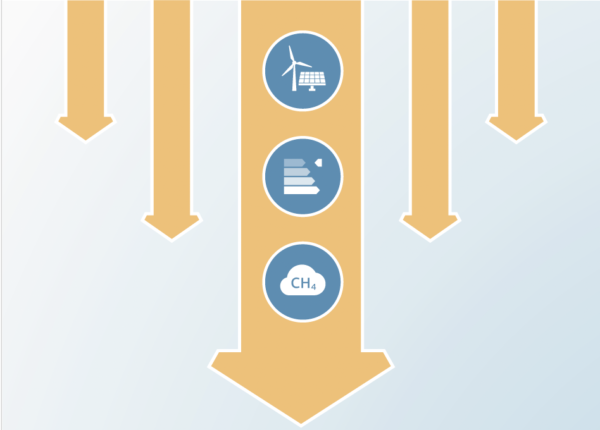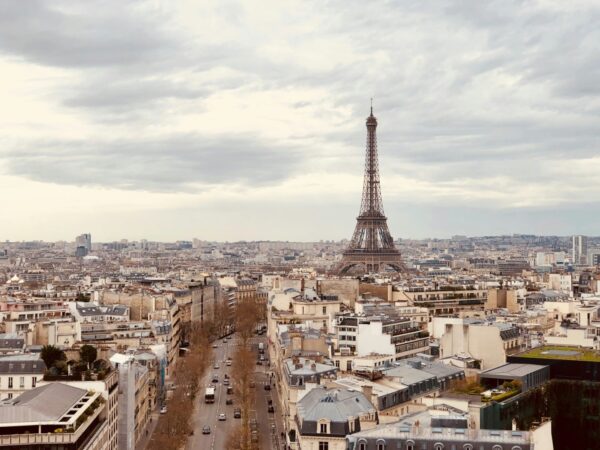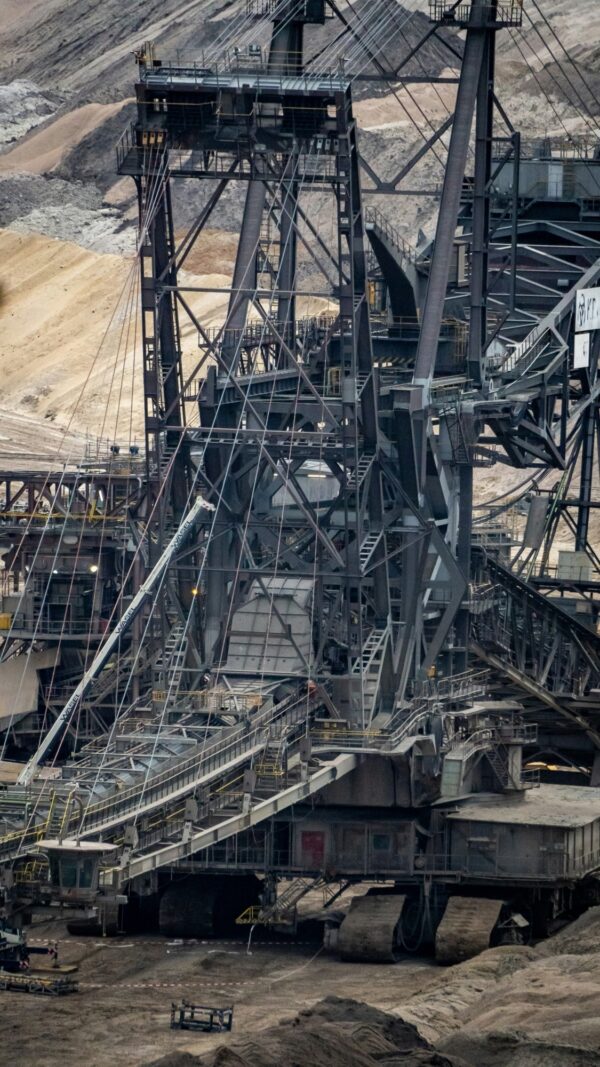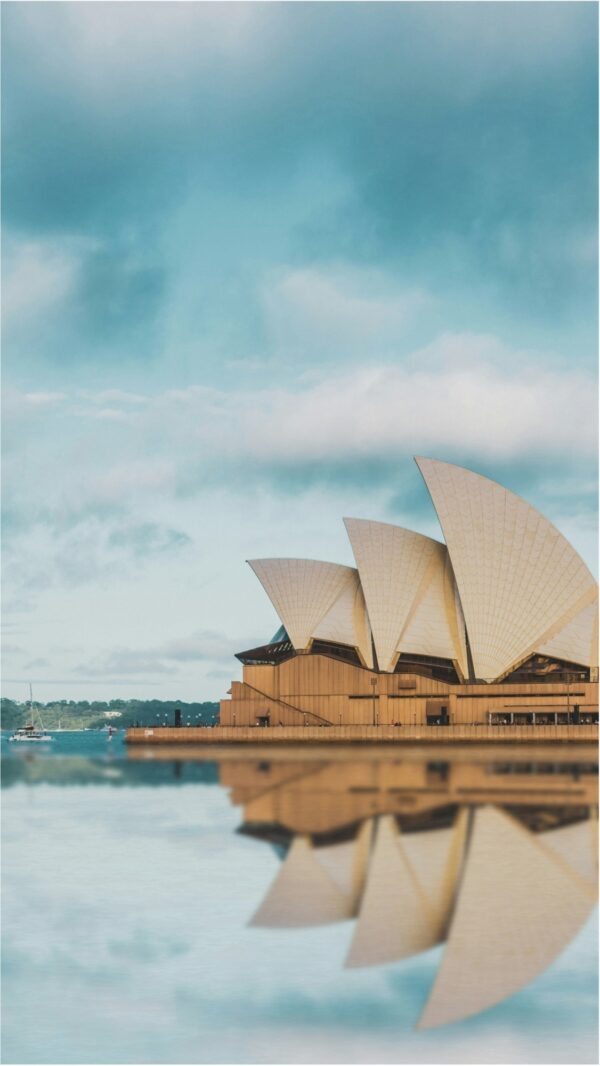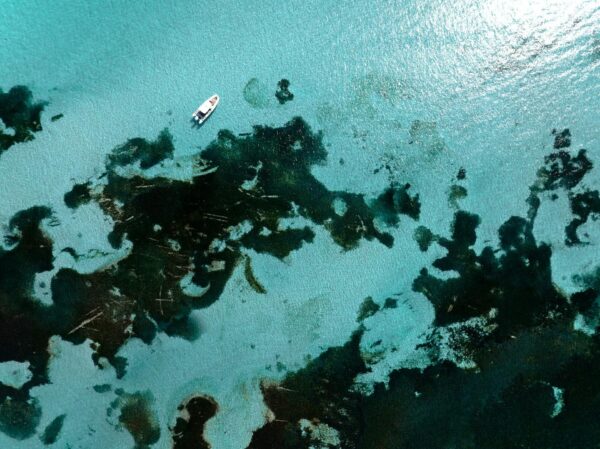Fracking the Kimberley: the Canning Basin development plans
Authors
Victor Maxwell, Bill Hare, Thomas Houlie, Anna Chapman
Share
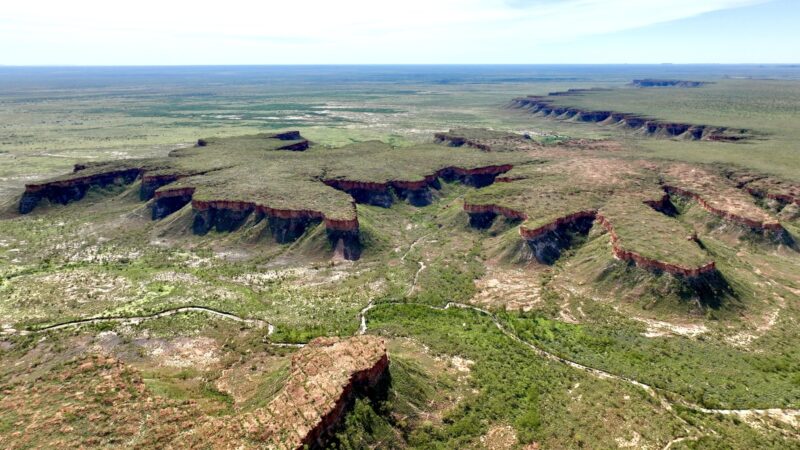
One of Australia's most pristine and iconic regions, Western Australia's Kimberley, could see at least 2,000 fracking wells and as many as 8,700 over the next 20 years, for fossil gas production that would seriously undermine Australia's ability to meet its climate goals.
Fracking for fossil gas threatens a unique and iconic landscape: it would lay waste to the Kimberley, the greatest, most intact tropical savannah in the world, the only place in Australia that has not seen a mammal extinction, but where the ecology is itself threatened by global warming caused by ongoing fossil fuel emissions.
Four companies, Black Mountain, Buru Energy, Theia Energy and Rey Resources, have petroleum leases where fracking is allowed in the Canning basin in the Kimberley region, where exploration licences cover around 36,000 km2, equivalent to about 8.5% of the region.
From the analysis, the "proposed development" scenario would support around seven million tonnes of liquefied natural gas (LNG) a year, and a "large-scale development" scenario would support about 29 million tonnes a year of LNG per year - or 8,700 wells.
Supply of such a large volume of gas appears important to the survival of Woodside Energy's Burrup Hub and the report notes that Woodside has expressed an interest in gas from this region.
The 2018 Western Australia Independent Scientific Panel Inquiry into Hydraulic Fracture Stimulation recommended that the contribution to Australian anthropogenic upstream GHG emissions from onshore fields in WA must be 0.5% or less of 2016 Australian GHG emissions.
In contrast, the Climate Analytics report shows upstream emissions from the Canning Basin? - emissions that arise from production, transport and manufacture of LNG could generate up to 16% of Australia’s 2016 emissions, 32 times the Inquiry's recommendation.

